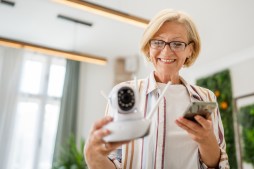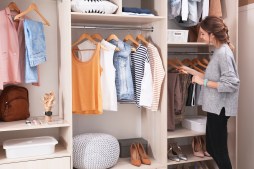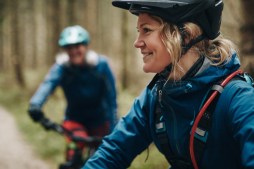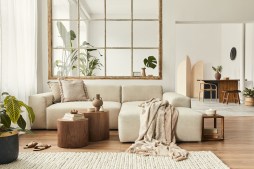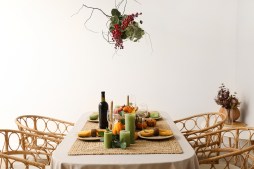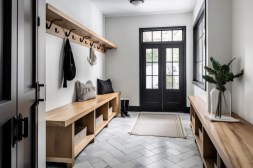How to Choose the Right Equipment for Your Home Photo Studio: A Beginner’s Guide
Creating a home photo studio can be an exciting project for photography enthusiasts and professionals alike. Whether you’re looking to capture portraits, product shots, or creative still life images, having the right equipment is essential for achieving professional-quality results. In this guide, we’ll walk you through the key equipment choices that will help you set up your very own home photo studio.
Understanding Your Photography Needs
Before investing in equipment, it’s important to assess what type of photography you’ll be doing. Are you mainly interested in portrait photography, or do you plan to shoot products for an online store? Knowing your focus will help dictate the types of gear you’ll need and can save you from overspending on unnecessary items.

Choosing a Camera
The camera is arguably the most important piece of equipment in your home studio. While professional DSLRs and mirrorless cameras offer high-quality images and versatility with interchangeable lenses, many beginners may find that a good quality point-and-shoot or smartphone camera suffices initially. If you’re serious about photography, consider investing in a DSLR or mirrorless camera with at least 20 megapixels.
Lighting Essentials
Good lighting can make or break your photos. Natural light is great if you have access to large windows; however, having artificial lights gives you more control over your setup regardless of time of day. Consider softbox lights for diffused lighting or speedlights (flash) for more dynamic shoots. You may also want reflectors to bounce light onto your subject and reduce shadows.
Backdrops and Props
A backdrop can greatly enhance the quality of your photos by providing a clean or themed background for your subjects. You might choose solid colors, patterns, or even textured fabrics depending on the look you’re after. Additionally, props can add interest; think about items that complement your subjects without stealing attention from them.
Tripods and Stabilizers
To ensure sharp images free from blur caused by shaky hands or movement during exposure, invest in a sturdy tripod suitable for both indoor use and outdoor adventures if needed later on. For video work or styles like long exposure photography where stability is crucial, consider using stabilizers as well.
Setting up a home photo studio doesn’t have to be overwhelming. By understanding what equipment suits your specific needs—from cameras and lighting options to backdrops—you’ll be well on your way to capturing stunning images right from the comfort of your own home.
This text was generated using a large language model, and select text has been reviewed and moderated for purposes such as readability.

